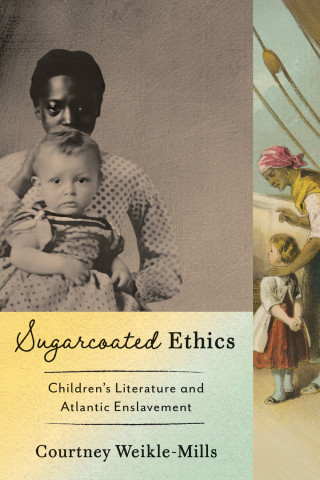
Reviews
Zunshine’s book was difficult to stop reading; while she handles all these genres with skill, clearly her strength is in reading literature (as she returns to literary references even in the other chapters). Having an understanding of human evolution and how the brain works makes reading a book such as Zunshine’s more satisfying.
Offers readers a good deal of food for thought and exemplifies how illuminating the principles from science can be when applied to other forms of culture. Highly recommended.
Drawing widely and judiciously on recent research in neuroscience, Getting Inside Your Head expands [theory of mind] to cover all of human culture, from novels to films, plays, musicals, paintings and reality shows.
This is the cutting edge of literary scholarship... Presents a rich array of innovative approaches to textual analysis for the researcher wishing to explore the cognitive revolution.
Book Details
List of Illustrations
Preface: Fantasies of Access
1. Culture of Greedy Mind Readers
2. I Know What You're Thinking, Mr. Darcy!
3. Sadistic Benefactors
4. Theaters, Hippodromes, and Other Mousetraps
5
List of Illustrations
Preface: Fantasies of Access
1. Culture of Greedy Mind Readers
2. I Know What You're Thinking, Mr. Darcy!
3. Sadistic Benefactors
4. Theaters, Hippodromes, and Other Mousetraps
5. Movies: The Power of Restraint
6. Mockumentaries, Photography, and Stand-Up Comedy: Upping the Agony
7. Reality TV: Humiliation in Real Time
8. Musicals (Particularly around 11 pm)
9. Painting Feelings
10. Painting Mysteries
Coda
Notes
Bibliography
Index






